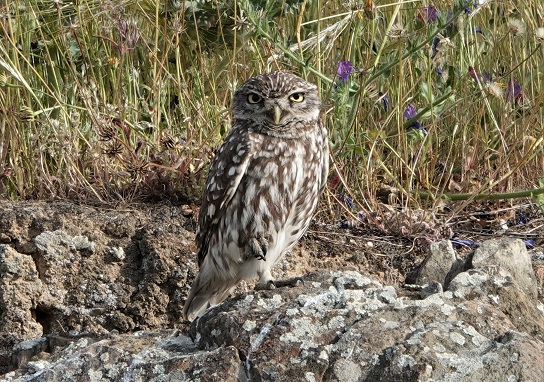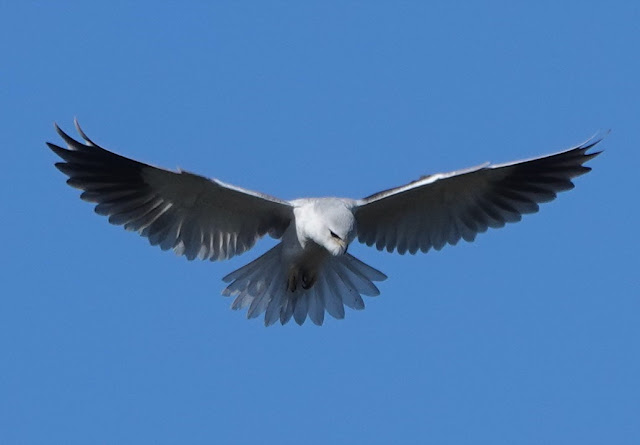Celebrating swifts

Today is my first day back home after my annual trip to the UK for the British Birdwatching Fair. I sat with a cup of tea at the big granite table in front of the house, half an hour or so after dawn, watching against a clear blue sky a loose party of hirundines feeding quite low down. Chunky House Martins, slimmer Barn Swallows and the wonderfully attentuated Red-rumped Swallows. They wheeled and fluttered, swooped and darted. As I watched my gaze was then attracted to some quite different birds. Flying higher up and entering the arena with almost a detached disdain and purposeful collective glide was a feeding party of swifts, reminding me of the way a shoal of sharks might suddenly appear, dominate the scene and then drift off, silently, without almost a ripple as it were. They appeared to be mainly Common Swifts, probably birds already on migration attracted to the tiny invertebrates hundreds of metres above me. Within a few days this species will have left Extremadura en masse for tropical Africa. There were certainly a few Pallid Swifts amongst them, appearing paler with very extensive whitish throats. This species stays around for much longer than the Common Swift and can be seen well into October. Then a much larger bird appeared, again gliding over, even higher up, looking at first almost like a small slim raptor. It was an Alpine Swift, the biggest of them all, with its tail fanned out to appear almost rounded (very like the attached photo which my friend John Hawkins took this spring). Over the next few minutes another four or five Alpine Swifts glided over, all in the same direction, the morning sun catching their white bellies. Just a few minutes later, all of the swifts had passed through.
I love swifts and Extremadura is a great area for them. The town of Trujillo has many pairs of both Common and Pallid and there is nothing quite like walking along the deep narrow streets and having one's head almost knocked off by a rowdy pack of screaming swifts as they zoom up and down streets and alleys, climbing above the rooftops and diving down again almost to pavement level. They remind one of gangs of kids, running and yelling without a care and showing absolutely no respect for anyone else. I love the way they fly into their tiny nestholes in old masonery or under tiles at a seemingly breakneck speed. I took a group of teenagers on a guided walk of Trujillo this summer to show them birds and it was the swifts that pulled out all the stops for them. They were fascinated to hear that swifts only come to land when they nest, spending the rest of the year on the wing, sleeping on the wing and, which brought the inevitable smirks from the teenagers, copulating on the wing as well. Swifts can travel hundreds of kilometres to avoid bad weather and have very low mortality for a bird of that size. They occasionally fall prey of small falcons, like Hobbies. A couple of years ago on the Norfolk coast, I watched a party of migrating swifts flying over a very rough sea, making slow progress against a gale. A Hobby had clearly cottoned onto this, flying out to sea and managing after a very short chase to catch a swift which it carried back inland.
Here in Extremadura it is possible to see four species of swift in a day. As well as Alpine, Pallid and Common, we also have small numbers of White-rumped Swift which arrive in early May and stay around until October. They can be found in rocky areas, such as Monfragüe National Park, where they use the old nests of Red-rumped Swallows. This year has been excellent for this species and I have enjoyed wonderful views of White-rumped Swifts coming down to the slow-flowing rivers there to drink on the wing. I have not yet seen this species over the garden, although I am sure they do pass over, as I suspect they could well be nesting on cliffs about ten kilometres away.
The streets of Trujillo will feel quite different once the swifts have gone and one can only marvel at how this ultimate denizen of the skies explores and masters the dynamics of air currents and pressure systems across half the planet.



Comments